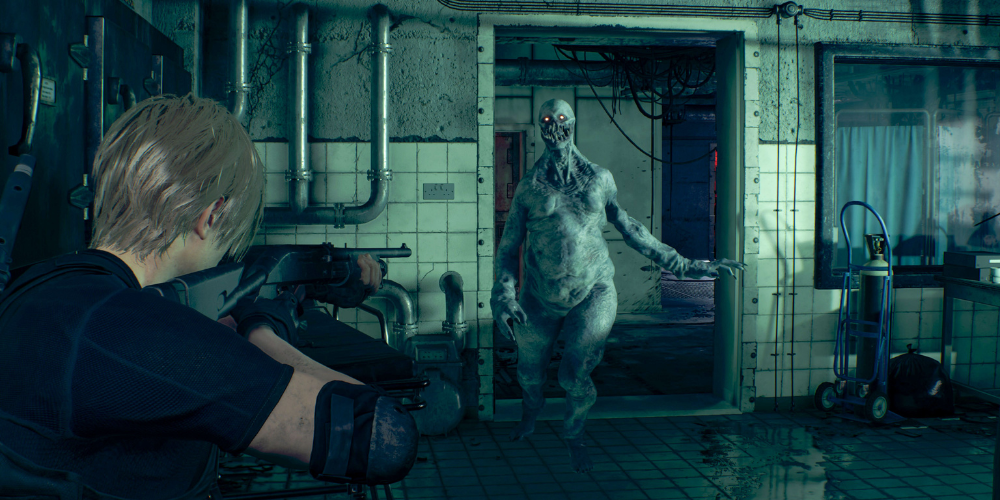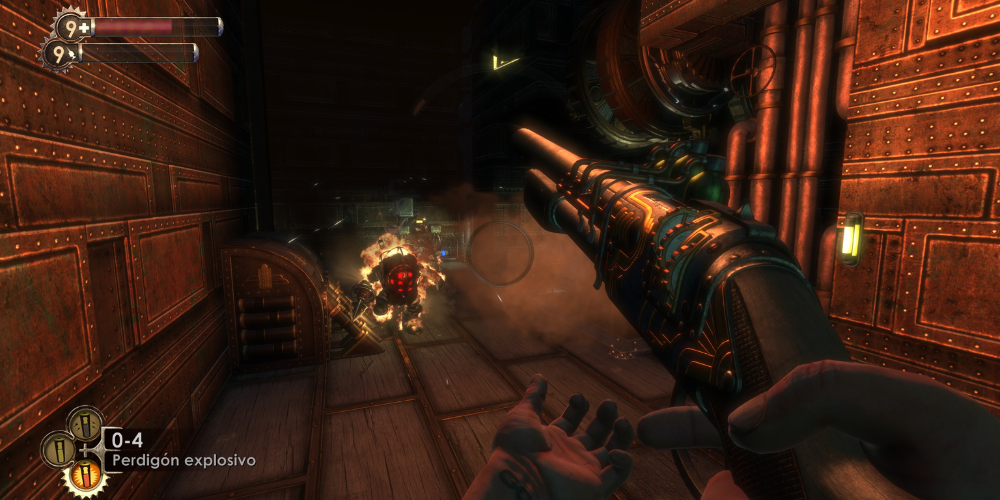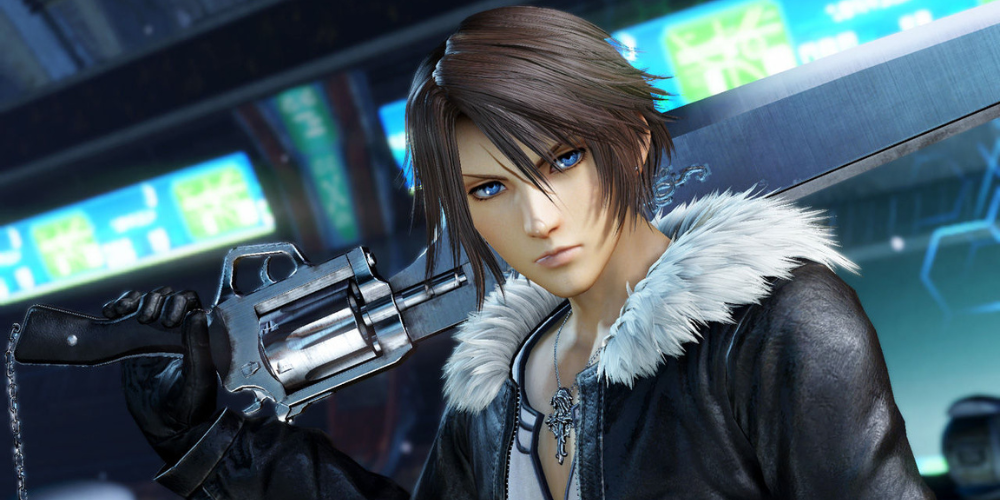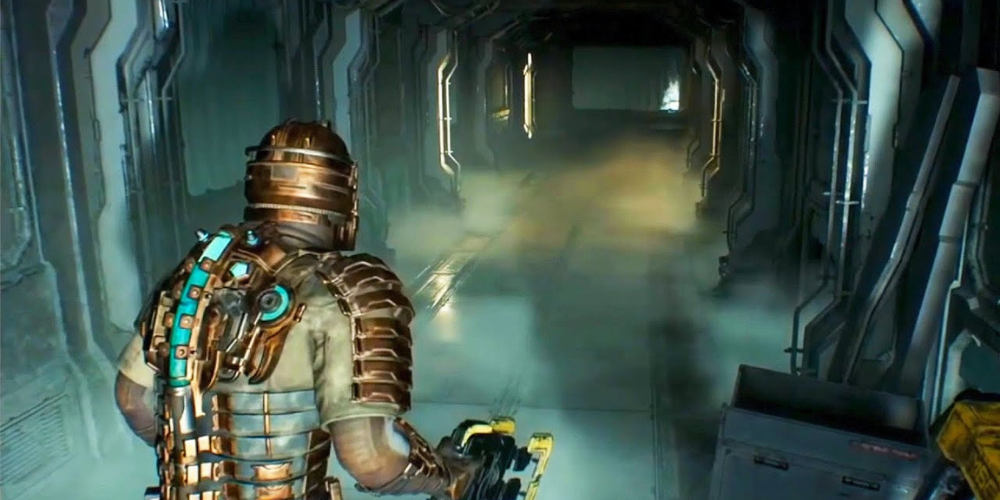Evaluating Reboots and Remakes vs. Original Iterations
Jun 23, 2024

In the entertainment industry, reboots and remakes have become increasingly popular. Whether it’s in movies, television shows, or video games, revisiting and revitalizing original works is a trend that shows no signs of slowing down. This article explores the merits and drawbacks of reboots and remakes compared to their original iterations, examining the factors contributing to their success or failure.
Understanding Reboots and Remakes
Reboots and remakes are two distinct approaches to revitalizing existing intellectual properties. A reboot involves restarting a series, often with significant changes to the storyline, characters, and setting, to create a fresh experience for a new audience. On the other hand, a remake typically stays closer to the original source material but updates it with modern technology, improved production values, and sometimes slight modifications to the plot. Both approaches aim to capitalize on the nostalgia and established fan base of the original work while appealing to contemporary audiences.
The Appeal of Nostalgia

One of the primary reasons behind the popularity of reboots and remakes is nostalgia. Audiences have a strong emotional attachment to the original works they grew up with or cherished. Reboots and remakes tap into these feelings, offering a sense of familiarity while promising a new experience. This blend of old and new can be a powerful draw, bringing in both long-time fans and new viewers or players who are curious about the revamped version.
Technological Advancements
Technological advancements play a significant role in the success of reboots and remakes. In the realm of video games and movies, modern graphics, special effects, and sound design can transform an old favorite into a visually stunning experience. For example, remakes of classic video games like "Final Fantasy VII" or movies like "The Lion King" benefit from cutting-edge technology, making them more immersive and appealing to today’s audiences. This technical enhancement can breathe new life into a beloved story.
Creative Reinterpretation
Reboots and remakes offer an opportunity for creative reinterpretation. Directors, writers, and developers can bring their unique vision to an existing property, potentially enhancing its themes and characters. This creative freedom can result in innovative takes that resonate with modern sensibilities. For instance, the "Batman" franchise has seen various reboots, each with a distinct style and approach, reflecting the evolving cultural landscape and audience preferences.
Challenges of Living Up to the Original

One of the significant challenges of reboots and remakes is living up to the expectations set by the original. Fans of the original work often have high standards and specific expectations. Any deviation from what they love can lead to disappointment. Additionally, the original’s impact and legacy can be hard to replicate. The authenticity and charm of the first iteration often come from its context, timing, and unique creative vision, which can be difficult to reproduce.
Risk of Overreliance on Familiarity
While nostalgia can be a powerful tool, there is a risk of overreliance on familiarity. Reboots and remakes that fail to innovate or add new elements can feel redundant or uninspired. Simply rehashing the original without bringing anything new to the table can lead to fatigue among audiences. Successful reboots and remakes need to strike a balance between honoring the original and offering fresh, engaging content that justifies their existence.
Case Studies: Successes and Failures
There are numerous examples of both successful and unsuccessful reboots and remakes. The "Resident Evil" game series has seen successful remakes that have been praised for their improved gameplay and graphics while staying true to the original’s horror roots. On the other hand, the 2016 "Ghostbusters" reboot faced criticism for its departure from the original’s tone and humor, highlighting the challenges of balancing innovation with fan expectations. These case studies demonstrate that the success of a reboot or remake often depends on its execution and respect for the source material.
The Future of Reboots and Remakes

As the entertainment industry continues to evolve, reboots and remakes will likely remain a prominent trend. The key to their continued success lies in the ability to innovate while respecting the essence of the original works. Audiences will always appreciate well-crafted stories, whether they are new creations or reimaginings of old favorites. By learning from past successes and failures, creators can navigate the challenges of reboots and remakes to deliver compelling and memorable experiences.
Conclusion
Reboots and remakes offer a unique opportunity to revisit and revitalize beloved stories, but they come with their own set of challenges. The appeal of nostalgia, coupled with modern technological advancements and creative reinterpretation, can lead to successful reimaginings. However, the pressure to live up to the original and the risk of overreliance on familiarity must be carefully managed. By striking a balance between honoring the original and introducing fresh elements, reboots, and remakes can capture the hearts of both old and new audiences, ensuring their place in the evolving landscape of entertainment.








